Stunning One-Page WordPress Designs
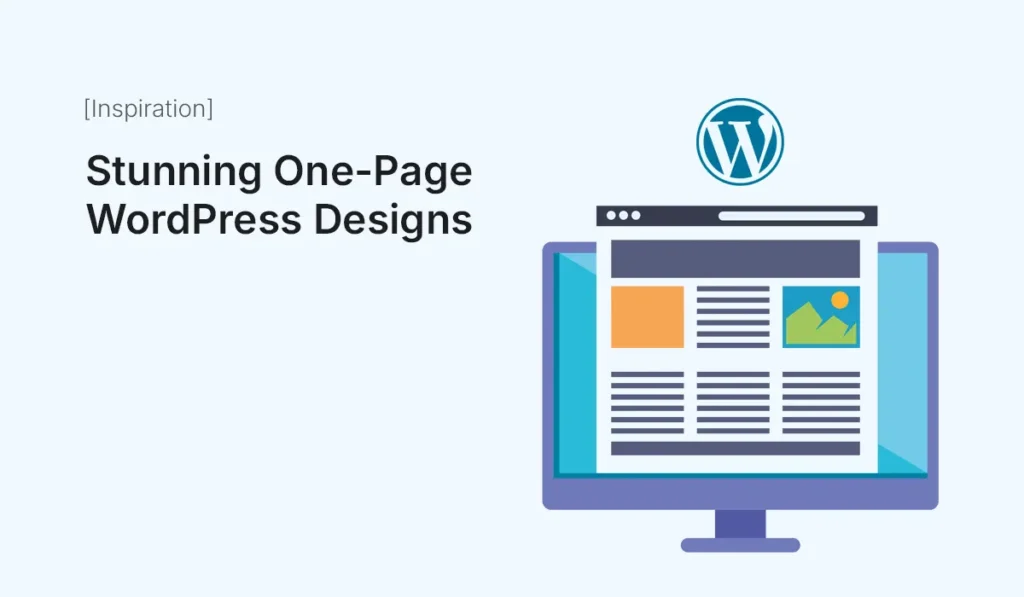
In the world of modern web design, sometimes less is more. A one-page website offers simplicity, elegance, and a smooth user experience without overwhelming visitors with multiple menus and clicks. Many businesses, freelancers, and creative professionals now prefer one-page WordPress designs to showcase their work, services, or story in a visually engaging way. In this article, we’ll explore some of the most stunning one-page WordPress designs, why they work so well, and how you can create one for your own site. Why Choose a One-Page WordPress Design? A one-page website keeps everything simple. Instead of sending visitors through multiple pages, you tell your story in a single, flowing scroll. Benefits of a one-page site: Freelancer Portfolios Minimal one-page WordPress sites are a favorite among freelancers. Designers, writers, and developers often use one scrolling page to highlight: Inspiration: Clean layouts with bold typography and subtle animations keep things engaging. Startup & App Landing Pages Startups love one-page designs for product launches. These designs tell a story step-by-step as users scroll. Key elements you’ll see: Inspiration: Sleek gradients, motion effects, and parallax scrolling for a modern tech look. Creative Agencies Agencies often use one-page sites to create bold first impressions. Common features include: Inspiration: Agencies often combine minimal color schemes with creative animations. Personal Branding Sites Influencers, coaches, and professionals use one-page designs to showcase themselves. Features to copy: Inspiration: Soft colors, bold fonts, and video backgrounds can add personality. Event & Conference Pages A one-page site is perfect for events. Everything attendees need can fit into one scroll: Inspiration: Countdown timers, interactive schedules, and CTA buttons stand out. Restaurant & Café Menus Restaurants often use one-page sites to display: Inspiration: Dark-themed one-page designs with food photography and parallax scrolling. Non-Profit & Charity Websites Non-profits use one-page designs to tell impactful stories. Layout inspiration: Inspiration: Minimal layouts with strong visuals that encourage action. How to Build a Stunning One-Page WordPress Site Final Thoughts One-page WordPress designs are simple, stylish, and effective. Whether you’re a freelancer, business owner, or event organizer, a single scrolling page can tell your story in a powerful way. Take inspiration from the designs we explored above, and start building your own stunning one-page WordPress site today. Get inspired and start building your own one-page WordPress designs that wow your visitors today!
Inspiring Portfolio Sites Built with HTML
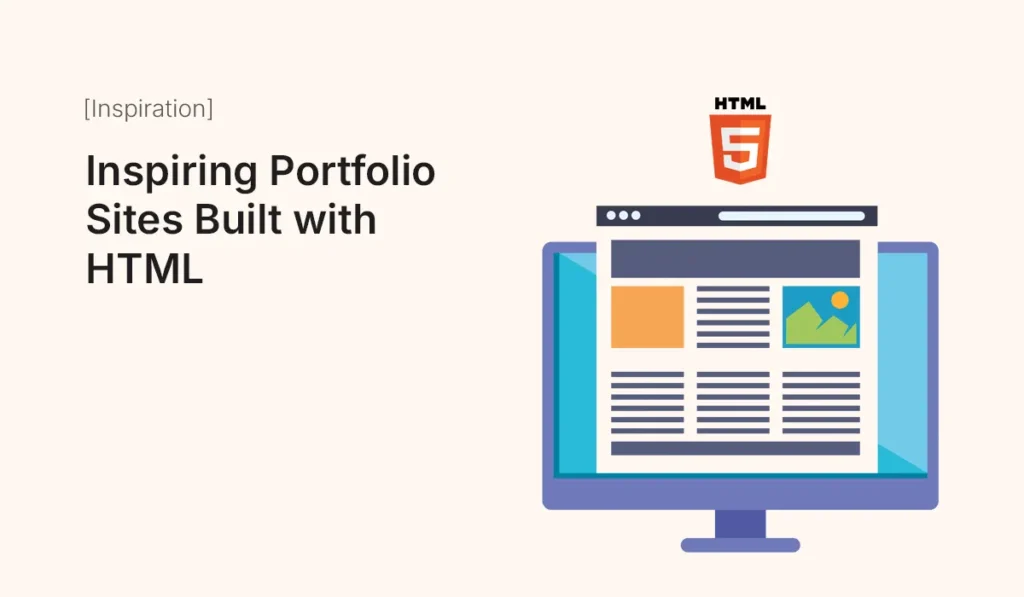
Introduction A portfolio website is often the first step for freelancers, designers, developers, and creative professionals to showcase their work. While website builders exist, many professionals prefer the flexibility and control of building HTML portfolio sites. Not only are they lightweight and customizable, but they also demonstrate technical skills to potential clients and employers. In this post, we’ll explore inspiring portfolio sites built with HTML, the design trends they follow, and key takeaways you can use to craft your own. Why Use HTML for Portfolio Sites? Design Elements of Inspiring HTML Portfolios Inspiring HTML Portfolio Examples Minimalist Freelancer Portfolio Creative Agency Portfolio Developer Showcase Photography Portfolio Personal Brand Portfolio Free HTML Portfolio Templates Great starting points for students, freelancers, and hobbyists. Tips for Building an Inspiring Portfolio in HTML Conclusion An HTML portfolio site is more than just a gallery—it’s a statement of your style, skills, and professionalism. By taking inspiration from the examples above and customizing a template to reflect your brand, you can build a site that leaves a lasting impression on clients and employers. Build your own inspiring HTML portfolio today and showcase your creativity, skills, and professional identity to the world!
Best Free Figma Wireframe Kits
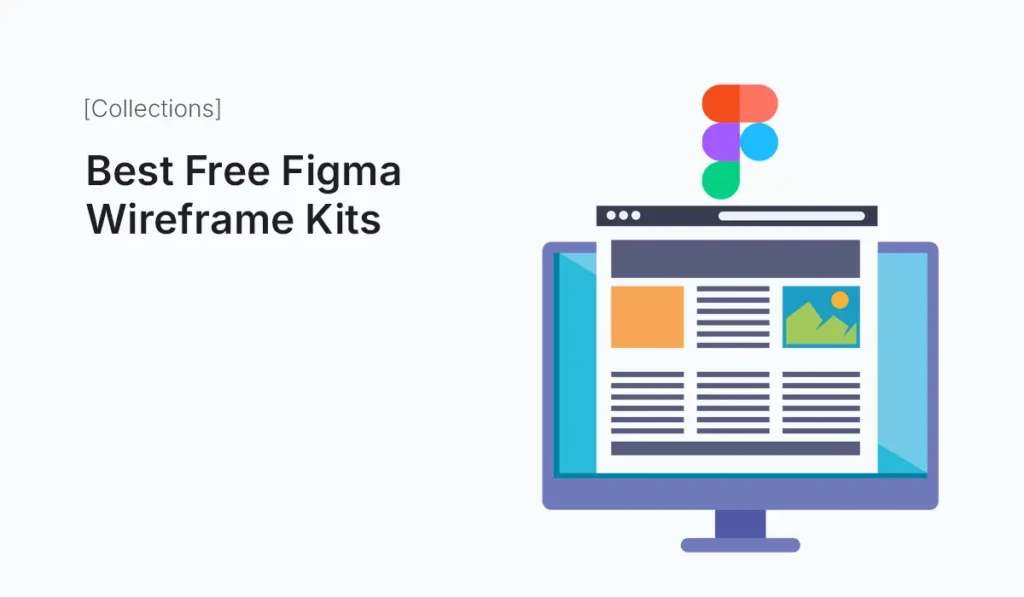
Introduction Wireframing is one of the most important stages in digital product design. It helps teams visualize layouts, structure user flows, and test concepts quickly—all before diving into high-fidelity design. With Figma, wireframing becomes even easier thanks to its free wireframe kits available in the community. These kits save time, improve consistency, and provide a starting point for building user-friendly apps, websites, and dashboards. In this article, we’ll explore the best free Figma wireframe kits you can download right now and use to kick-start your next project. Why Use Wireframe Kits in Figma? Best Free Figma Wireframe Kits Here’s a curated list of some of the top wireframe kits you can start using today: Wireframy – Free Wireframe Kit Figma Community Wireframe Kit FlowBite Wireframe Kit Minimal Wireframe Kit Balsamiq-inspired Figma Wireframe Kit UX Flow Wireframe Kit Responsive Web Wireframe Kit Tips for Using Figma Wireframe Kits Effectively Benefits of Free Wireframe Kits Conclusion Free Figma wireframe kits are a designer’s shortcut to productivity. They let you focus on ideas and functionality instead of redrawing basic elements. Whether you’re building an app, a SaaS platform, or a simple landing page, these kits will help you speed up workflows and collaborate better. Level up your design process—start using the Best Free Figma Wireframe Kits today and bring your ideas to life faster than ever.
Best Paid Shopify Themes for Growth
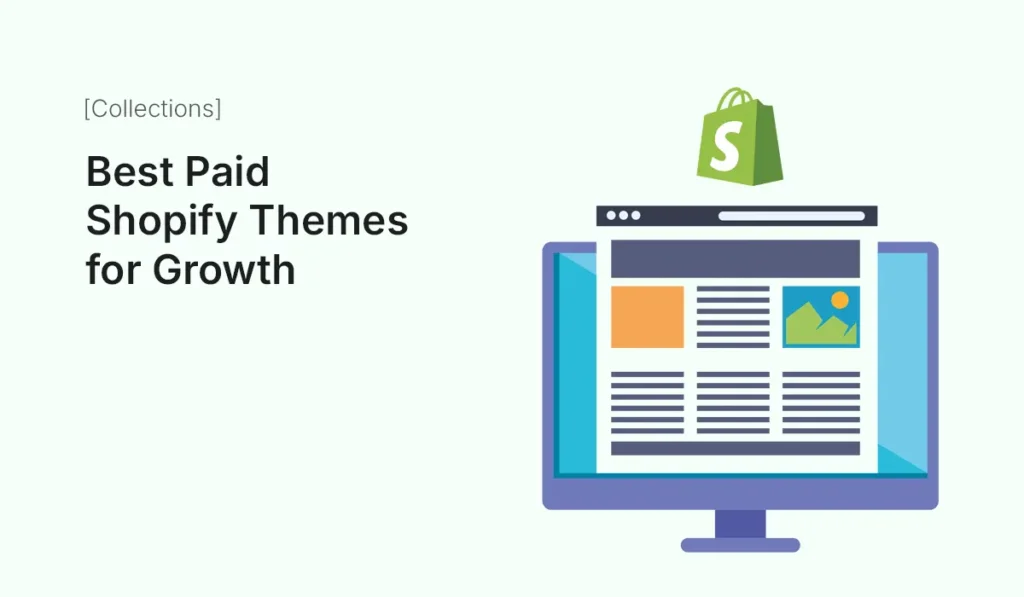
Introduction Your Shopify store’s design isn’t just about aesthetics — it directly impacts user experience, conversions, and long-term growth. While Shopify provides many free themes, serious eCommerce businesses often turn to paid Shopify themes for advanced customization, faster performance, and features built to scale. In this guide, we’ll explore the best paid Shopify themes for growth, their key features, pricing, and why they’re worth the investment. Whether you’re building a niche boutique, scaling a fashion empire, or running a high-volume electronics store, the right paid theme can accelerate your business success. Why Choose a Paid Shopify Theme? Before jumping into the top themes, let’s break down why paid themes are worth considering: Best Paid Shopify Themes for Growth in 2025 Here are some of the most popular, high-performing paid Shopify themes used by growing businesses. Impulse Theme Prestige Theme Empire Theme Warehouse Theme Flow Theme Motion Theme District Theme Symmetry Theme How to Choose the Right Paid Shopify Theme When investing in a paid Shopify theme, consider: Paid Shopify Themes vs. Free Themes Feature Free Themes Paid Themes Customization Options Limited Advanced Conversion Features Basic Built-in CRO tools Support Community Developer-backed Catalog Handling Small Large-scale Branding Generic Premium, tailored Paid themes clearly provide better scalability and flexibility for long-term growth. Tips to Maximize Growth with Paid Themes Conclusion Investing in a paid Shopify theme is one of the smartest moves for store owners serious about scaling. Themes like Impulse, Prestige, and Empire provide not only polished designs but also powerful conversion-focused features to help you grow faster. Whether you run a small lifestyle shop or a large enterprise store, the right paid theme can dramatically improve user experience, brand perception, and revenue. Upgrade your store with the best paid Shopify themes for growth and unlock higher conversions, faster performance, and a premium shopping experience!
Best Joomla Templates for Education Sites
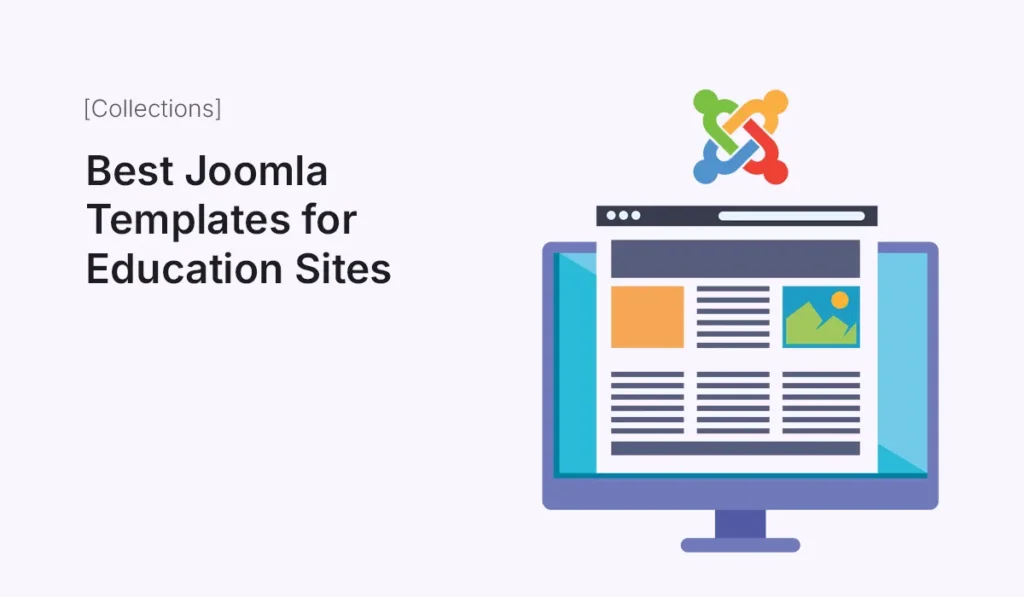
In today’s digital-first world, schools, universities, coaching centers, and e-learning platforms all need a professional, responsive website to attract students and provide learning resources. Joomla, with its flexibility and scalability, is a fantastic choice for education websites—and the right Joomla template can make your site both functional and inspiring. In this post, we’ll explore the best Joomla templates for education sites in 2025, focusing on design, usability, and features that help schools and educators build trust and engagement online. Why Use Joomla for Education Sites? Joomla is particularly well-suited for education websites because of its: Pair Joomla with a powerful template, and you have a solid foundation for any kind of education website. Best Joomla Templates for Education Sites in 2025 Here’s a curated list of Joomla templates ideal for schools, universities, and e-learning platforms. JD Paris (by JoomDev) Educon (by JoomShaper) University (by GavickPro) JSN School (by JoomlaShine) Shaper Varsita (by JoomShaper) LT eLearning (by LTheme) Academia (by JoomlaUX) Key Features to Look for in an Education Joomla Template When choosing the right template, focus on: Final Thoughts Education websites need to balance professional design, functionality, and ease of use. With the right Joomla template, schools and educators can create websites that not only look great but also enhance student engagement, streamline course management, and build credibility. If you’re building a site for a school, university, or online learning platform in 2025, the templates listed above are some of the best starting points. Build a professional school or e-learning website today with the best Joomla templates for education sites and create an engaging digital experience for your students!
Must-Have Plugins for E-commerce Sites
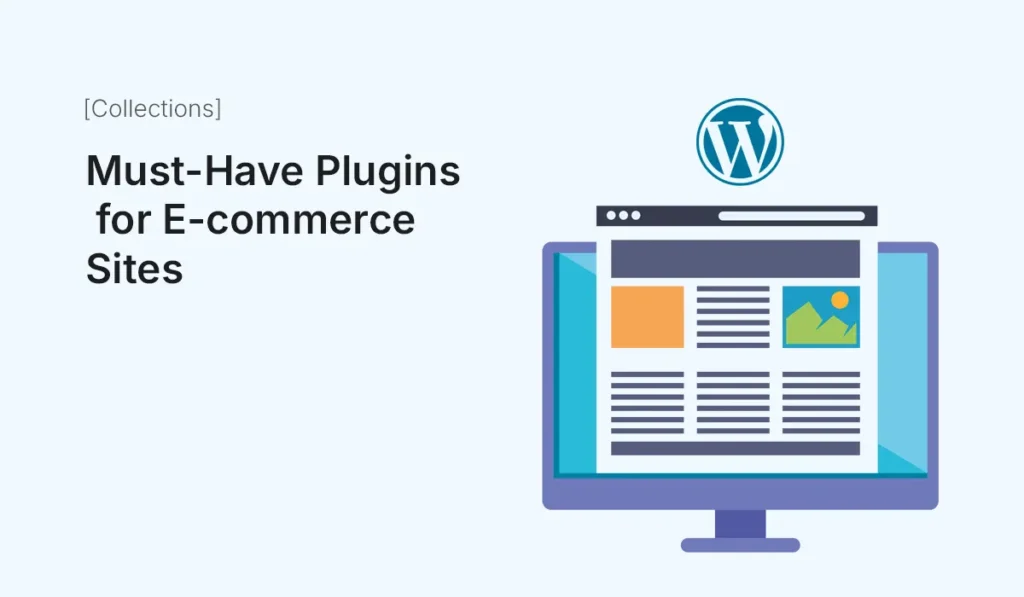
Running an e-commerce website on WordPress requires more than just WooCommerce. While WooCommerce handles the basics of product listings, cart, and checkout, you’ll need additional plugins to enhance performance, improve customer experience, and grow sales. In this post, we’ve curated a list of must-have plugins for e-commerce sites that cover everything from SEO and security to payments and marketing. Why Plugins Matter for E-commerce Sites E-commerce websites need to be: Plugins extend your WooCommerce store to meet all these needs. WooCommerce No surprise here—WooCommerce is the backbone of most WordPress e-commerce sites. Why you need it: If you’re running an e-commerce site on WordPress, this is the essential foundation. Yoast SEO (or Rank Math) SEO is crucial for e-commerce sites. Plugins like Yoast SEO or Rank Math help optimize your product and category pages. Key features: WP Rocket (or LiteSpeed Cache) Speed is everything in e-commerce. A caching plugin like WP Rocket or LiteSpeed Cache makes your store load faster. Key features: Stripe & PayPal Payment Gateways Offering multiple payment options increases conversions. WooCommerce supports Stripe and PayPal integration. Key features: WooCommerce Subscriptions Want recurring revenue? WooCommerce Subscriptions lets you set up subscription products and memberships. Best for: WooCommerce PDF Invoices & Packing Slips Customers love detailed invoices. This plugin automatically generates invoices and packing slips. Benefits: WooCommerce Product Reviews Pro Customer reviews build trust and boost sales. This plugin enhances WooCommerce’s default review system. Key features: MailPoet (Email Marketing) Email marketing is key for repeat sales. MailPoet integrates directly with WordPress and WooCommerce. Benefits: TrustPulse (Social Proof) Adding social proof increases conversions. TrustPulse shows real-time notifications when customers make purchases. Benefits: MonsterInsights (Analytics) Tracking performance is critical. MonsterInsights connects your WooCommerce store to Google Analytics. Key features: WooCommerce Currency Switcher If you sell globally, this plugin allows customers to shop in their local currency. Benefits: Wordfence Security Security is non-negotiable for e-commerce. Wordfence protects your site from attacks. Key features: LiveChat Provide instant customer support with LiveChat integration. Benefits: WooCommerce Wishlists Let customers save their favorite products with Wishlists. Benefits: UpdraftPlus (Backup) A backup solution is essential for e-commerce. UpdraftPlus ensures your store data is safe. Benefits: Final Thoughts Running an e-commerce store is more than just listing products. With the right tools, you can optimize performance, improve customer experience, and increase sales. These must-have plugins for e-commerce sites cover speed, security, payments, SEO, marketing, and customer support—everything you need to grow successfully. Supercharge your online store with these must-have plugins for e-commerce sites and take your business to the next level!
Best HTML Templates for SaaS
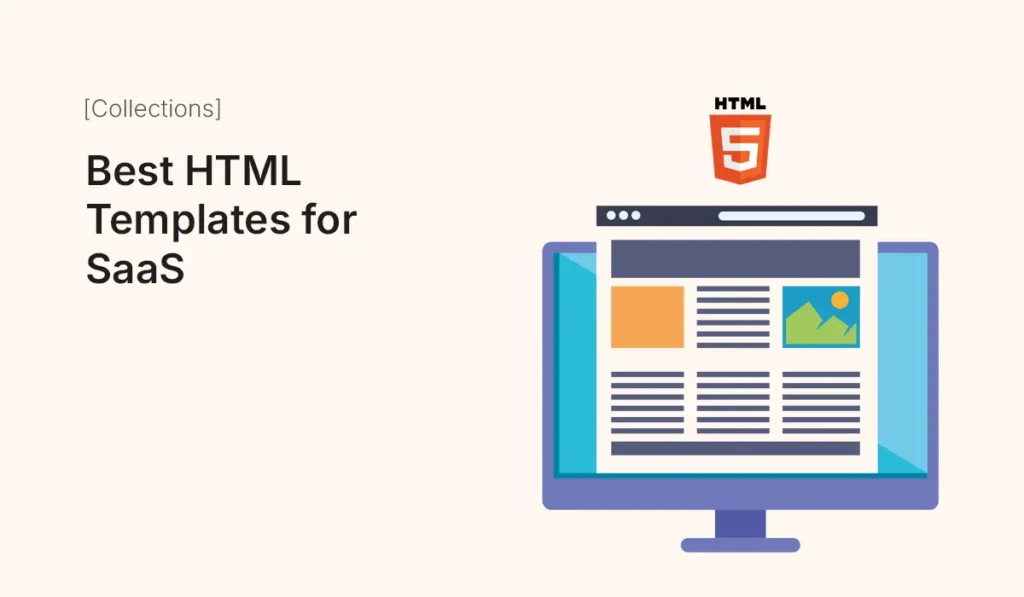
Introduction Software-as-a-Service (SaaS) startups thrive on first impressions. A sleek, professional, and functional website is often the difference between gaining a customer or losing them to competitors. Instead of building from scratch, using HTML templates for SaaS can save time, provide a polished design, and ensure your website is optimized for conversions. In this article, we’ll explore the best HTML templates for SaaS businesses, including free and premium options that balance design, speed, and scalability. Why Use HTML Templates for SaaS? Features to Look for in SaaS HTML Templates Best SaaS HTML Templates SaaSly LaunchFlow Cloudify SoftServe AppMaster Free SaaS HTML Templates Perfect for bootstrapped founders and MVP launches. Tips to Optimize SaaS Templates Conclusion The right HTML template for SaaS can accelerate your launch, attract customers, and establish your brand identity. Whether you choose a free starter or a premium multipurpose template, customization and optimization will make the difference in conversion success. Choose the best SaaS HTML template today and launch a high-performing website that converts visitors into paying customers!
Collaborative Workflows in Figma Teams
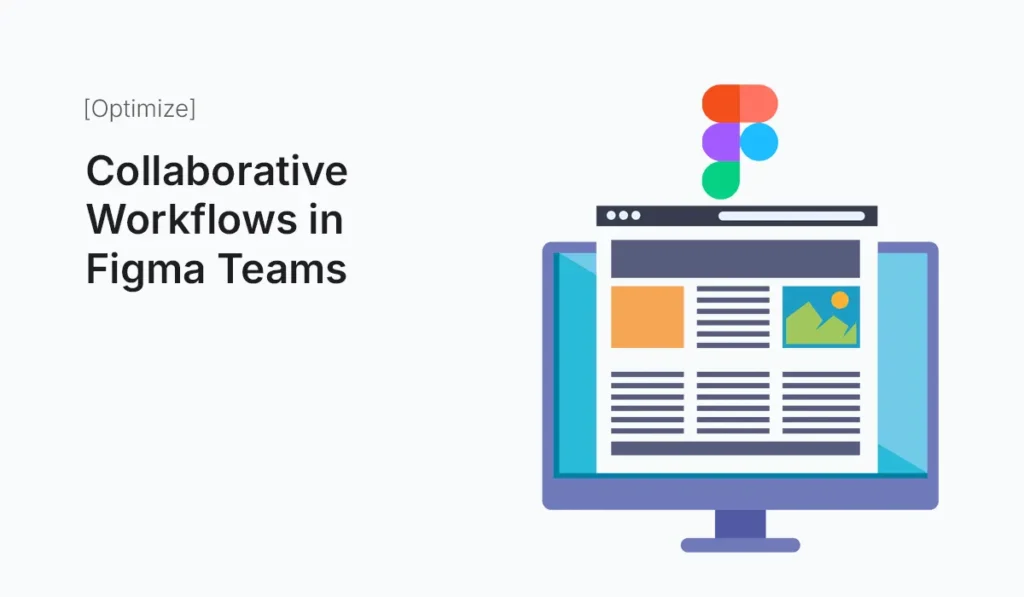
Introduction In the modern design landscape, collaboration is no longer optional—it’s essential. With distributed teams, remote work, and faster product cycles, designers, developers, and stakeholders must work together seamlessly. Figma Teams makes this possible by offering a centralized space where design, feedback, and iteration happen in real time. In this guide, we’ll explore collaborative workflows in Figma Teams, how to set them up, and best practices for ensuring efficiency, creativity, and alignment across projects. Why Collaboration Matters in Design Key Features of Figma Teams for Collaboration Shared Workspaces Figma Teams provides a centralized hub where all design files, prototypes, and systems are stored. This eliminates version control issues like “final_v2_revised.fig.” Real-Time Editing Multiple team members can work on the same file simultaneously, similar to Google Docs. This encourages brainstorming and rapid iteration. Commenting and Feedback Stakeholders can leave feedback directly on design elements. No need for long email chains or screenshots. Version History Design decisions are documented. You can roll back to previous versions anytime, which ensures experimentation without risk. Permissions & Roles Setting Up Collaborative Workflows in Figma Teams Create a Figma Team Invite Team Members Use Project Organization Leverage Shared Libraries Set Up Prototyping Flows Best Practices for Collaborative Workflows Benefits of Collaborative Workflows in Figma Teams Common Challenges (and Solutions) Conclusion Collaborative workflows in Figma Teams empower designers, developers, and stakeholders to work together in real time. With shared workspaces, live editing, and strong version control, teams can create products faster and more efficiently. By following best practices—like role clarity, feedback management, and shared libraries—you can maximize collaboration while keeping projects organized. Boost your team’s creativity and productivity—start building Collaborative Workflows in Figma Teams today and design smarter, together.
Fixing Slow Shopify Store Issues
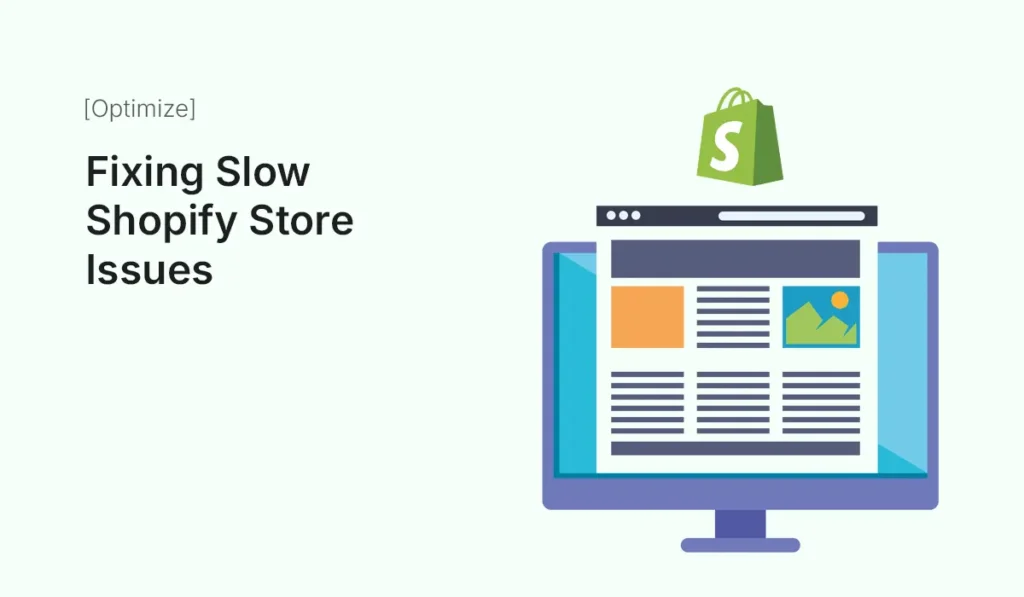
Introduction A slow-loading Shopify store can be the difference between a sale and an abandoned cart. In today’s fast-paced digital world, customers expect lightning-fast websites — studies show that 53% of visitors leave if a page takes more than 3 seconds to load. For eCommerce, every second of delay reduces conversions and revenue. If your Shopify store is sluggish, you’re not alone. Many store owners face performance bottlenecks caused by themes, apps, images, or coding issues. The good news? Shopify provides tools and best practices to fix these issues. In this guide, we’ll explore why your Shopify store is slow, how to identify issues, and practical steps to speed it up for better performance, SEO, and conversions. Why Speed Matters for Shopify Stores Common Causes of a Slow Shopify Store Heavy or Unoptimized Images High-resolution product images look beautiful but can drastically slow loading times if not compressed. Too Many Apps Installed Each app can add scripts, CSS, and tracking codes that increase load times. Bloated Themes or Custom Code Over-customized or poorly coded themes often include unnecessary features and scripts. Excessive Redirects Unnecessary redirects confuse browsers and add delays. Third-Party Scripts Integrations like chat widgets, pop-ups, or external tracking scripts can drag down performance. No Browser Caching If your store doesn’t leverage caching, repeat visitors will load assets from scratch every time. How to Diagnose Shopify Store Speed Issues Before fixing issues, analyze your store’s performance with tools like: These tools reveal which assets or scripts are slowing your site. Step-by-Step Guide: Fixing Slow Shopify Store Issues Optimize Product Images Minimize Installed Apps Pro Tip: Test store speed after uninstalling each app to measure impact. Clean Up Shopify Theme Code Reduce Redirects and Broken Links Limit Third-Party Scripts Leverage Shopify Features for Speed Enable Accelerated Mobile Performance Since most Shopify traffic comes from mobile devices, optimize for mobile by: Optimize Checkout Performance Advanced Tips to Speed Up Shopify Stores Case Study: Speed Optimization in Action A fashion Shopify store reduced load time from 6.5 seconds to 2.1 seconds by: The result? 32% increase in conversions and 18% boost in organic traffic. Common Mistakes to Avoid Conclusion A slow Shopify store isn’t just a technical problem — it’s a business problem. Speed directly affects conversions, SEO, and user experience. By optimizing images, reducing apps, cleaning theme code, and limiting third-party scripts, you can dramatically improve store performance. Remember, store speed is an ongoing process, not a one-time fix. Regular audits and optimization will keep your Shopify store fast, reliable, and customer-friendly. Start fixing slow Shopify store issues today and watch your sales grow with a faster, high-performing eCommerce site!
Reduce WordPress Loading Time with Caching
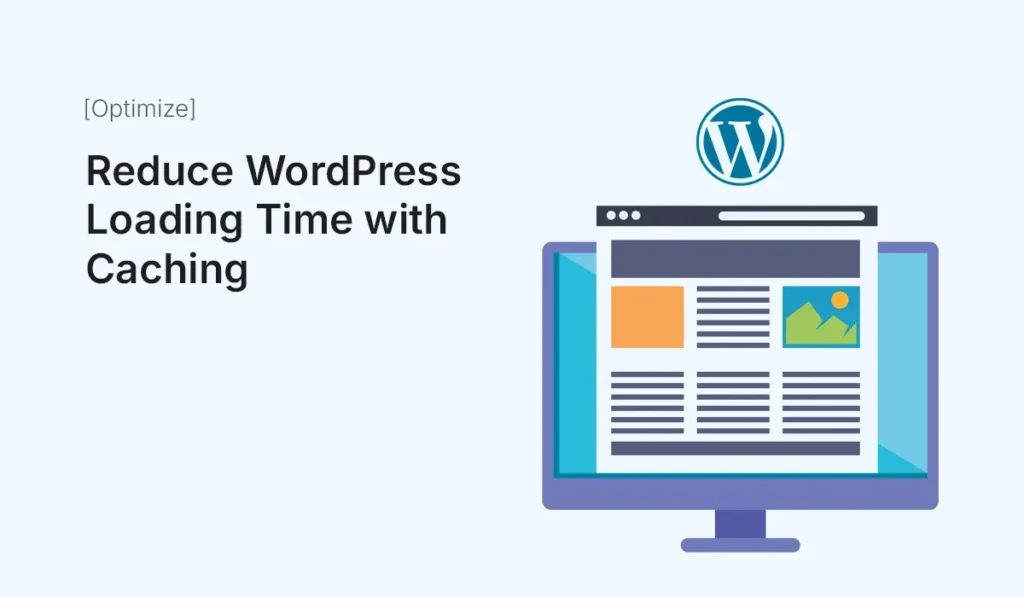
Website speed plays a huge role in user experience, SEO, and conversions. In fact, studies show that even a 1-second delay in loading can reduce conversions by 7% and increase bounce rates significantly. If your WordPress site feels sluggish, one of the most effective solutions is caching. In this guide, you’ll learn what caching is, why it matters, and how to use it to reduce WordPress loading time with caching. What is Caching in WordPress? Every time a visitor loads your WordPress site, the server has to: This process takes time. Caching solves this by storing a pre-built static version of your site. Instead of generating pages from scratch on every visit, your server delivers the cached version instantly—saving precious seconds. Why Caching is Essential Types of Caching in WordPress To reduce loading times effectively, you need to understand the types of caching: Browser Caching Stores site assets (CSS, JavaScript, images) in the user’s browser so they don’t have to re-download them each visit. Page Caching Saves complete HTML pages, reducing the need to query the database each time. Object Caching Speeds up database queries by storing query results. Opcode Caching Stores precompiled PHP code for faster execution (often server-level like OPcache). CDN Caching Uses Content Delivery Networks (like Cloudflare) to serve cached copies from global servers. Step-by-Step: Reduce WordPress Loading Time with Caching Step 1: Install a Caching Plugin WordPress offers several plugins to implement caching easily. Some top options include: Recommended: WP Rocket for ease of use, or LiteSpeed Cache if your hosting supports it. Step 2: Enable Page Caching Once your plugin is installed: Step 3: Set Up Browser Caching Use caching headers to instruct browsers how long they should store assets. Step 4: Use GZIP Compression GZIP compresses your site files before sending them to visitors’ browsers. This reduces file sizes and speeds up delivery. Step 5: Optimize Database with Object Caching Plugins like W3 Total Cache allow object caching, which helps heavy sites (WooCommerce, membership sites) run faster. If your host supports Redis or Memcached, enable it for maximum speed. Step 6: Use a CDN for Global Caching If your visitors come from different countries, a Content Delivery Network (CDN) like Cloudflare, BunnyCDN, or StackPath caches your content on global servers for faster delivery. Step 7: Test Your Site Speed After enabling caching, test performance with tools like: Compare results before and after caching. You should see significant improvements in loading times and performance scores. Extra Tips to Speed Up WordPress Common Caching Mistakes to Avoid Final Thoughts Caching is one of the most powerful tools to improve site performance. By using the right caching plugin, setting up browser and page caching, and leveraging a CDN, you can reduce WordPress loading time with caching dramatically. Fast websites not only please your visitors but also help you rank higher on Google and boost conversions. Want a faster site? Install a caching plugin today and reduce WordPress loading time with caching to keep your visitors happy!
